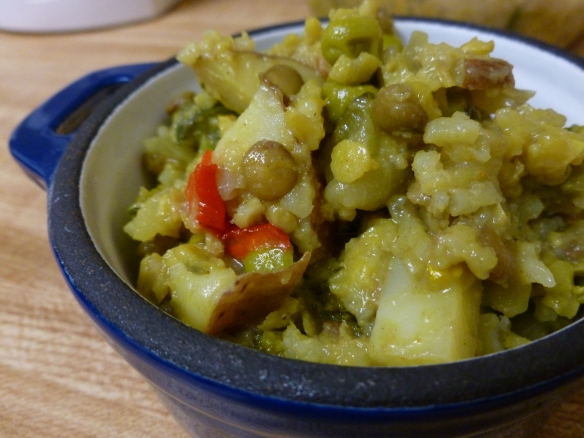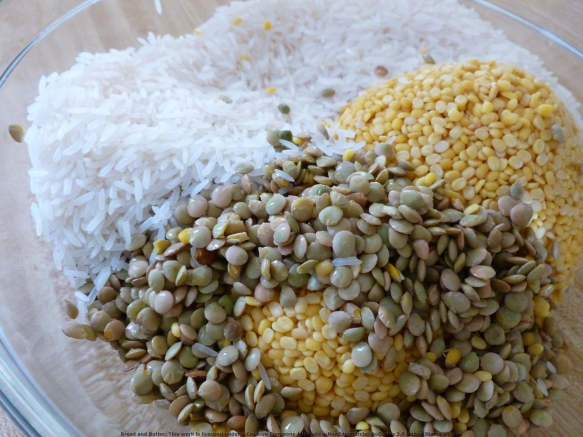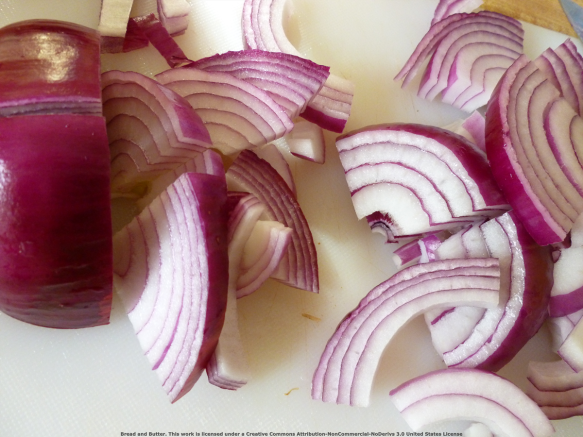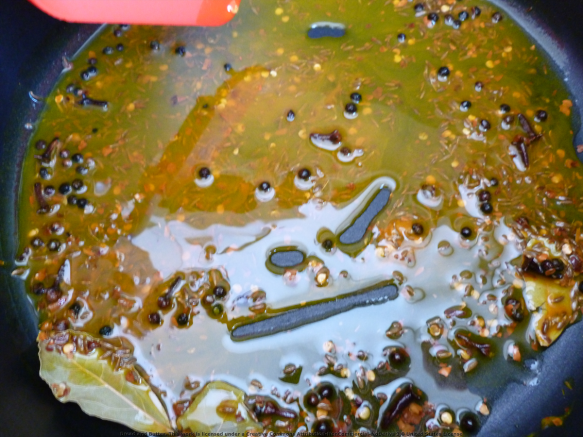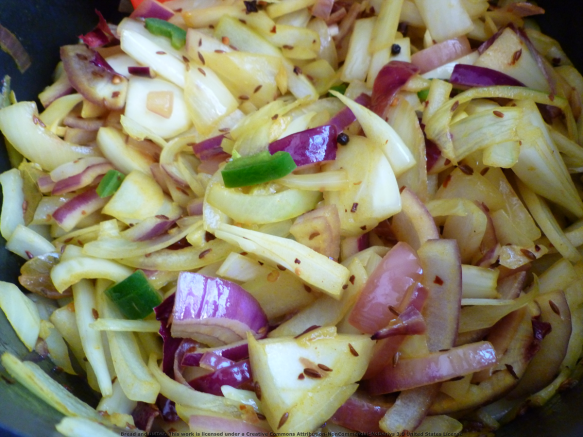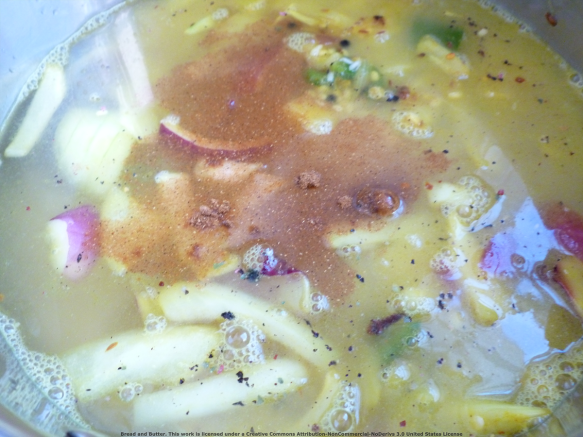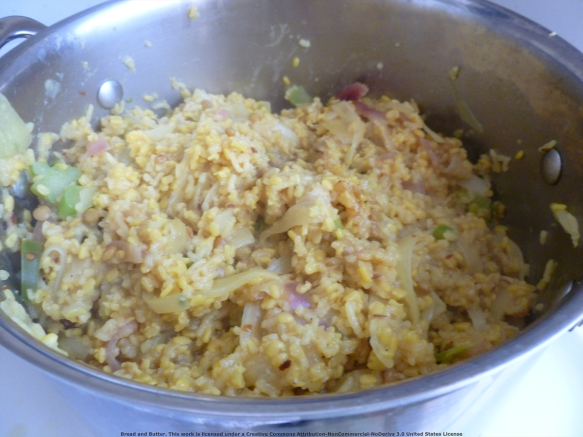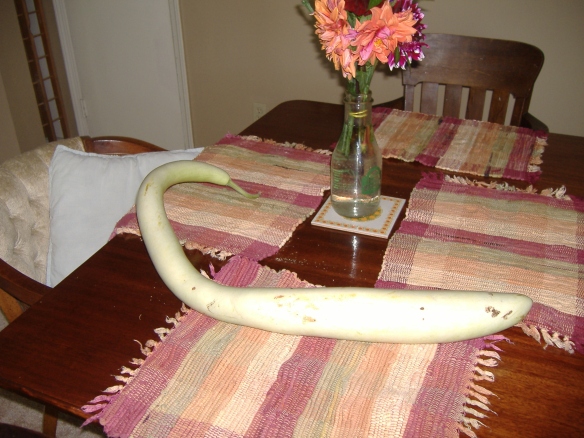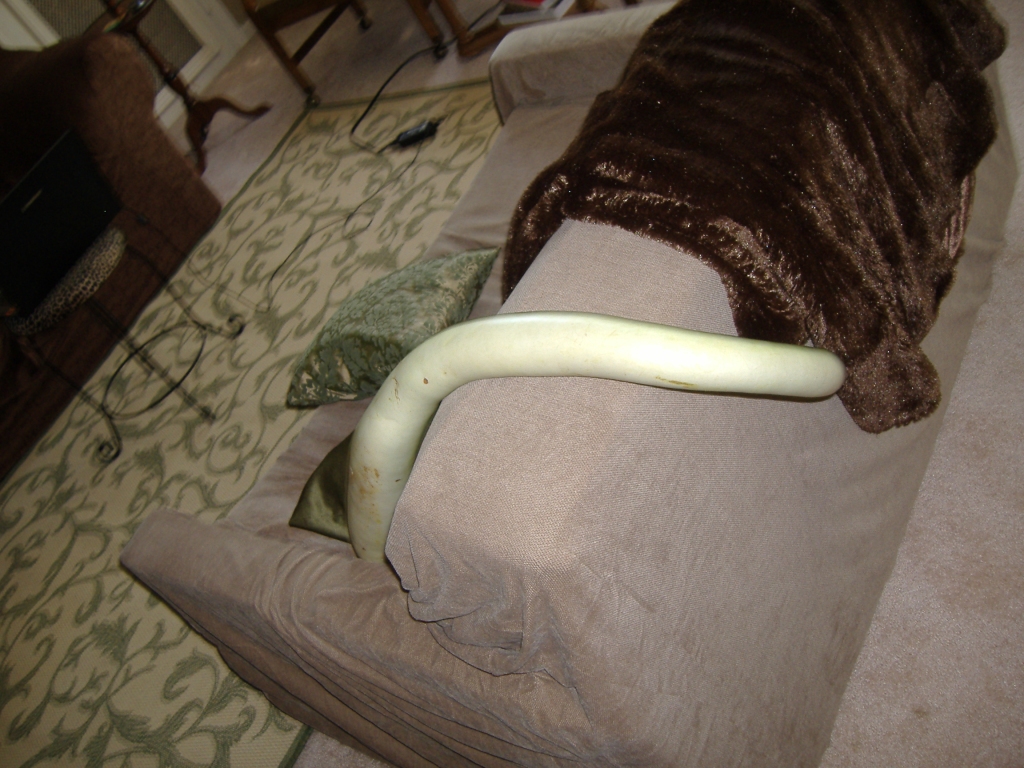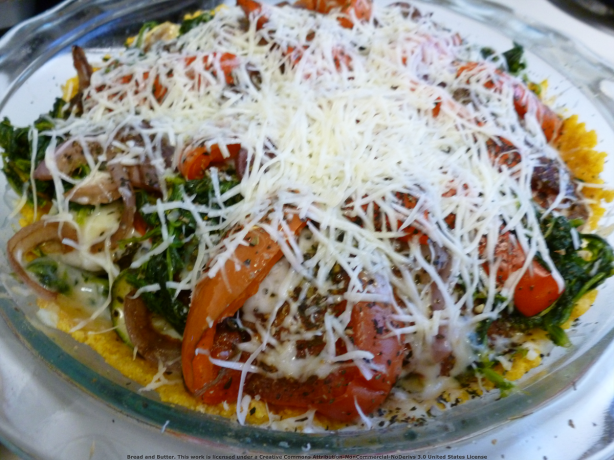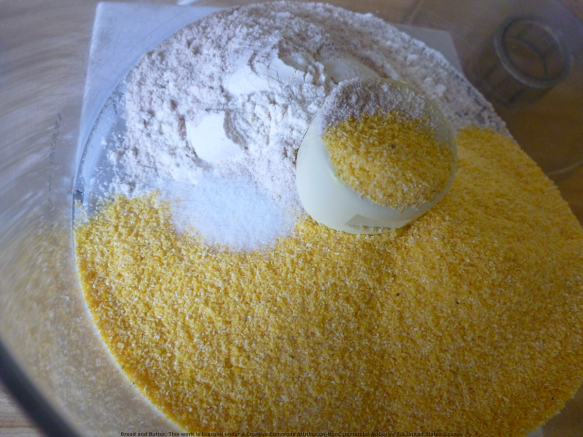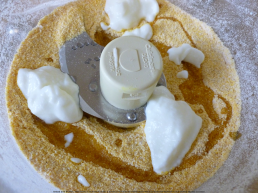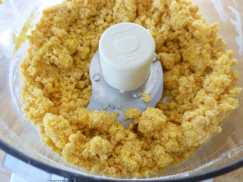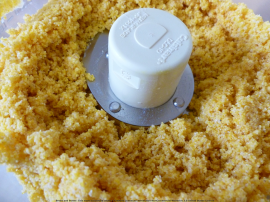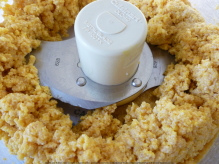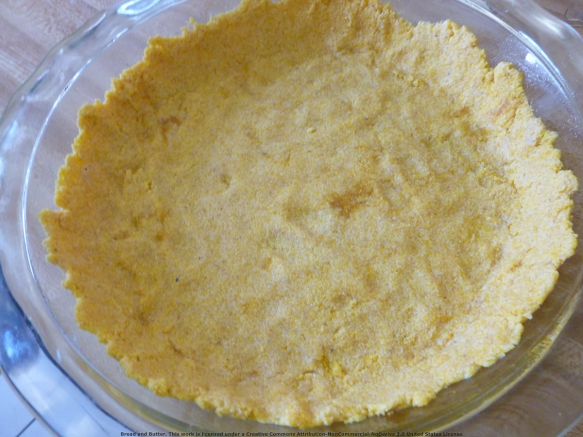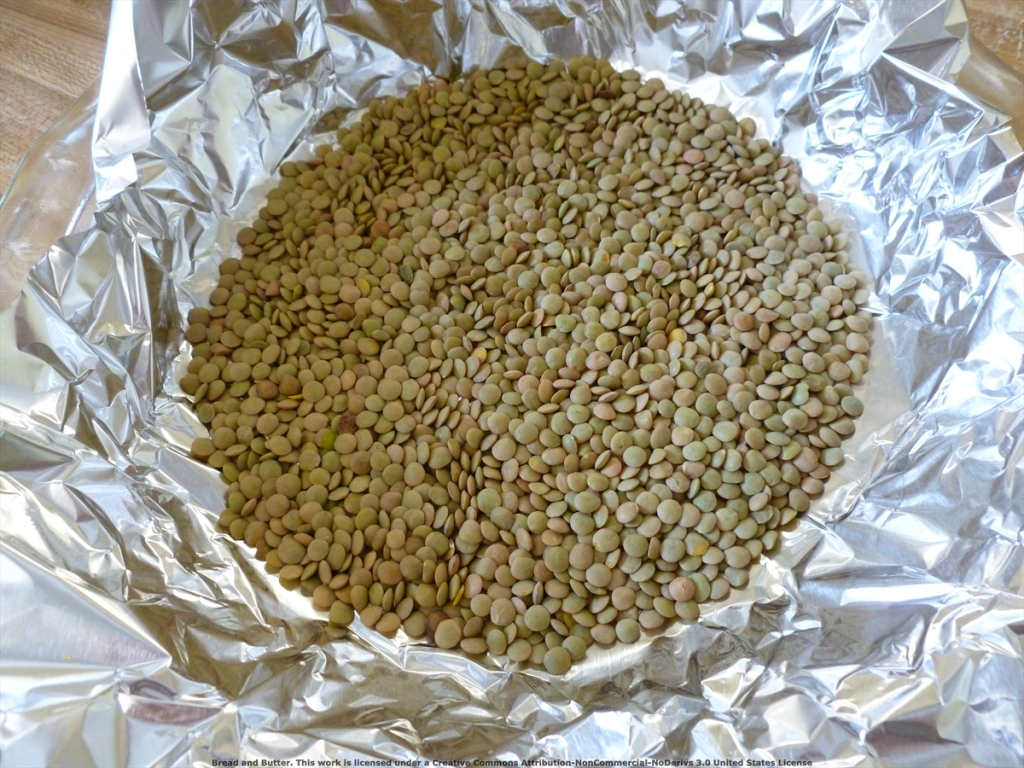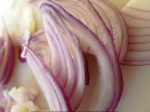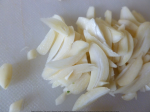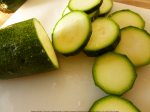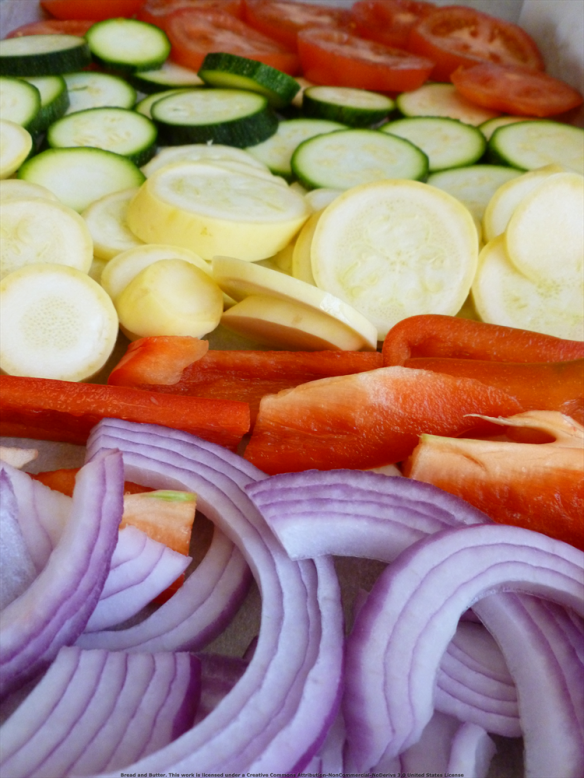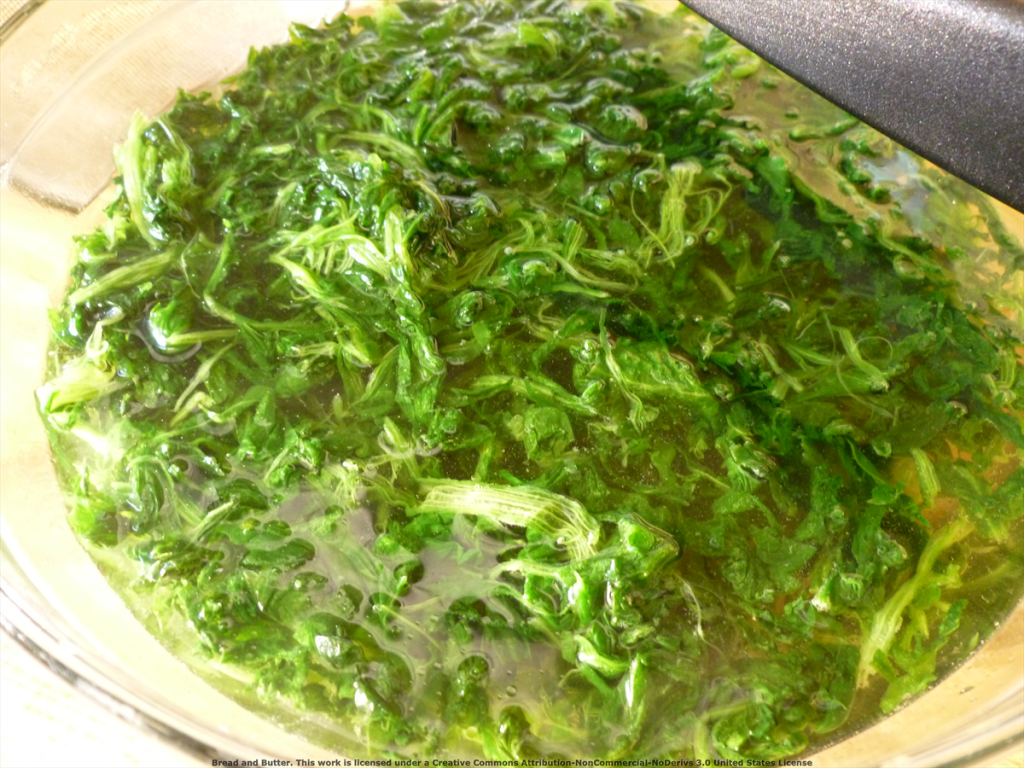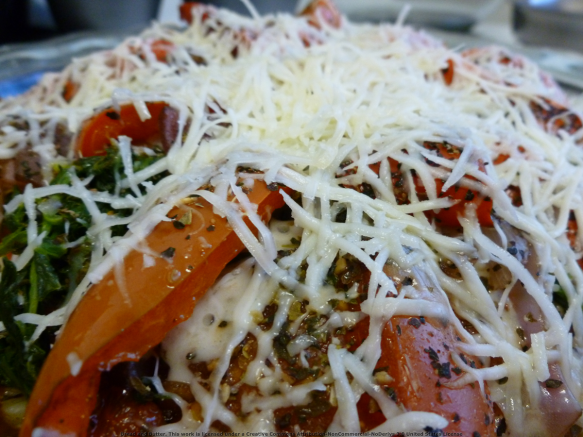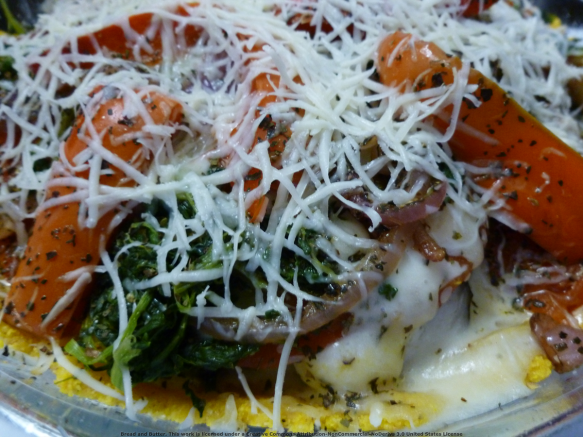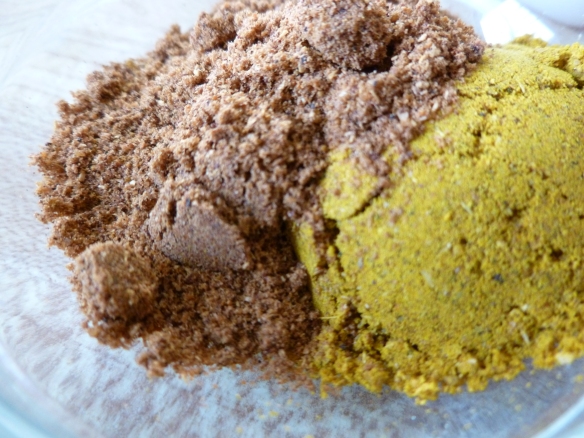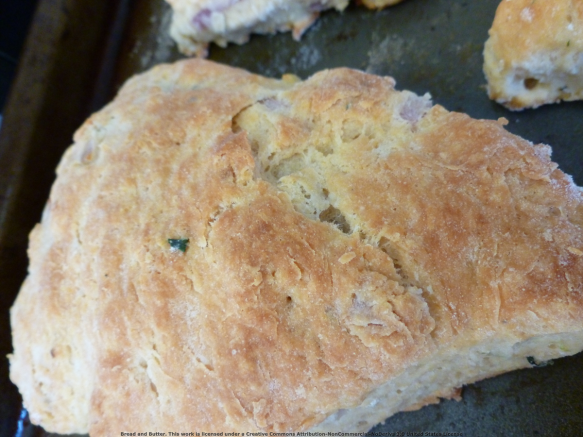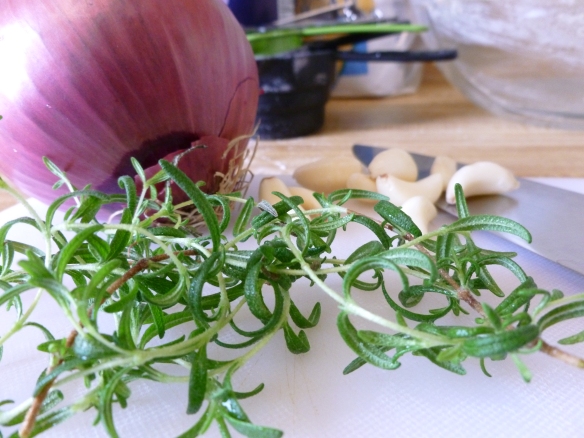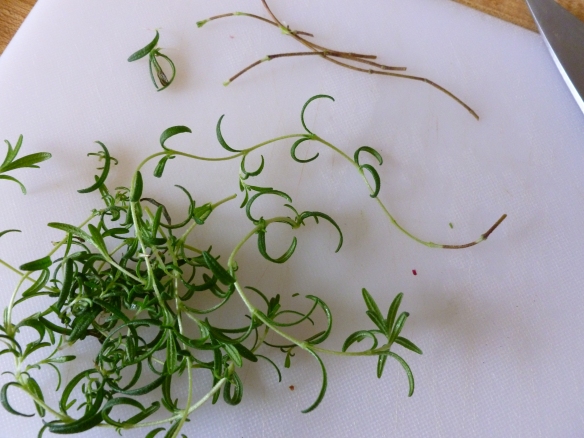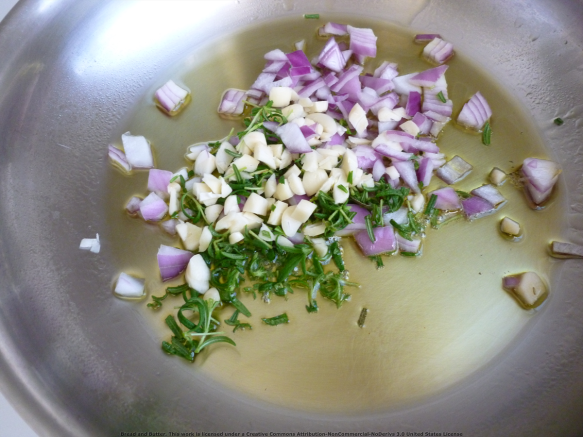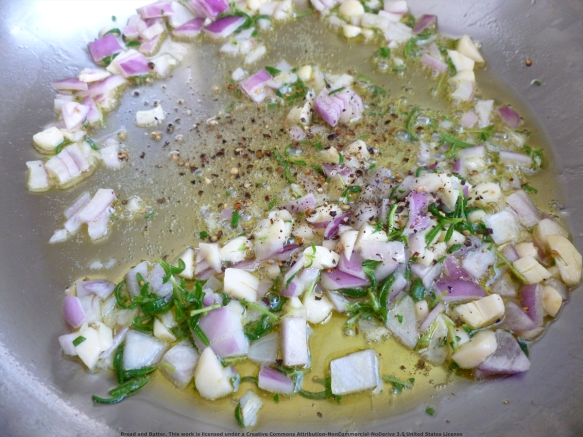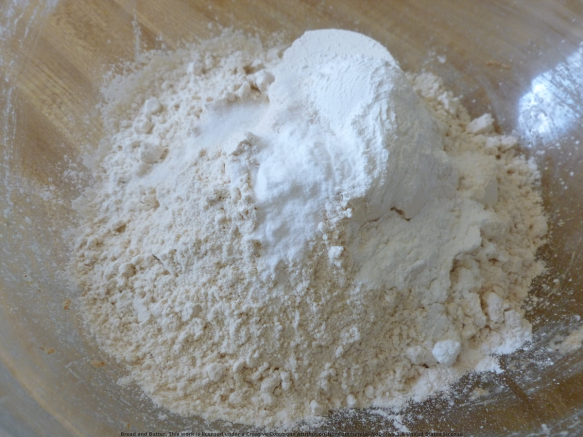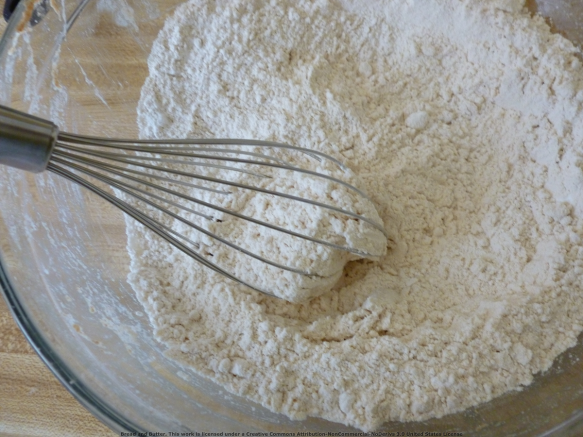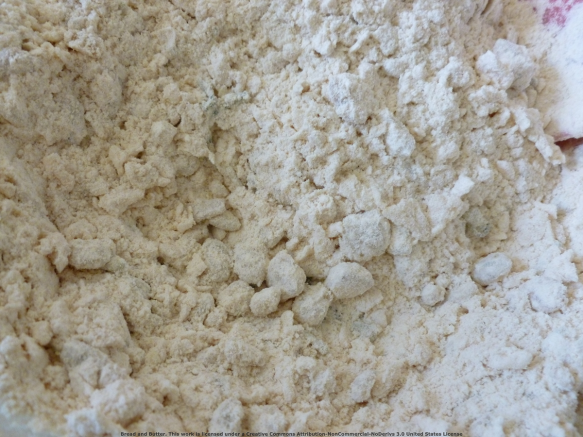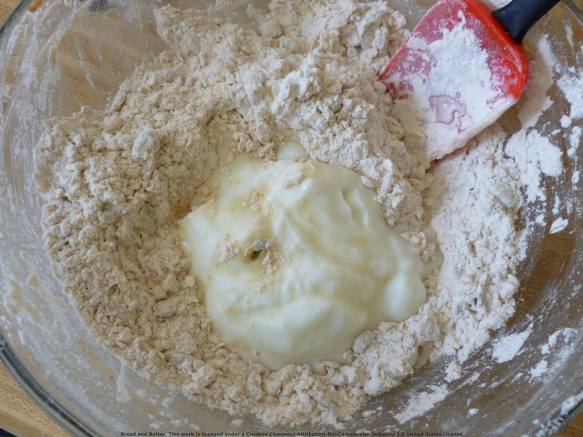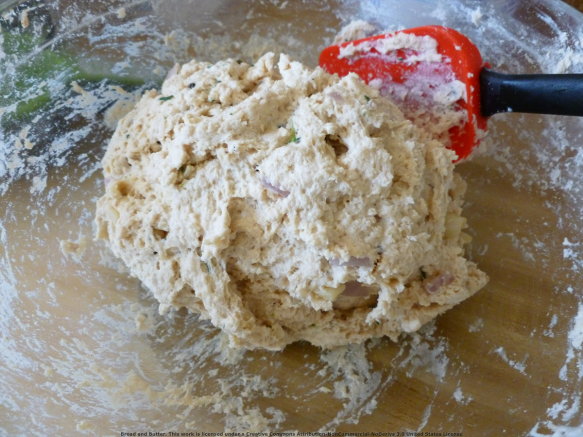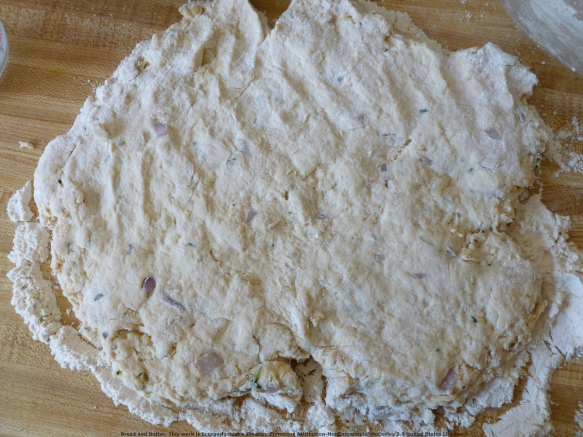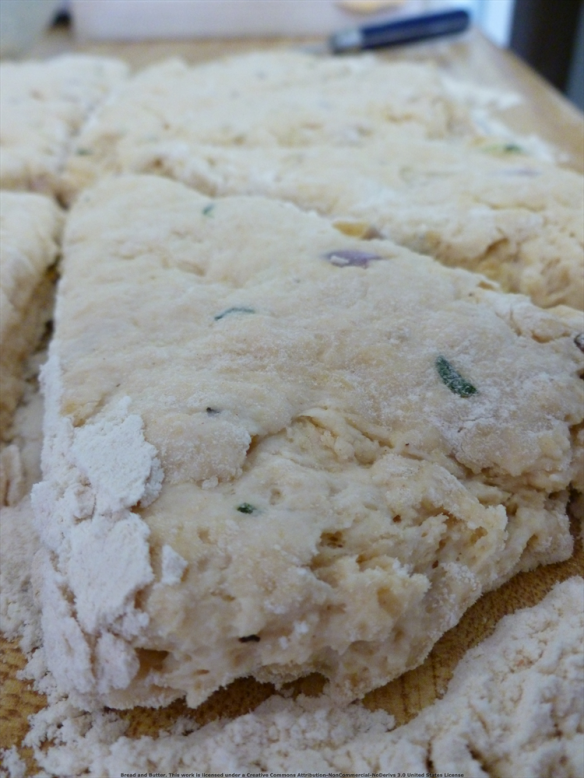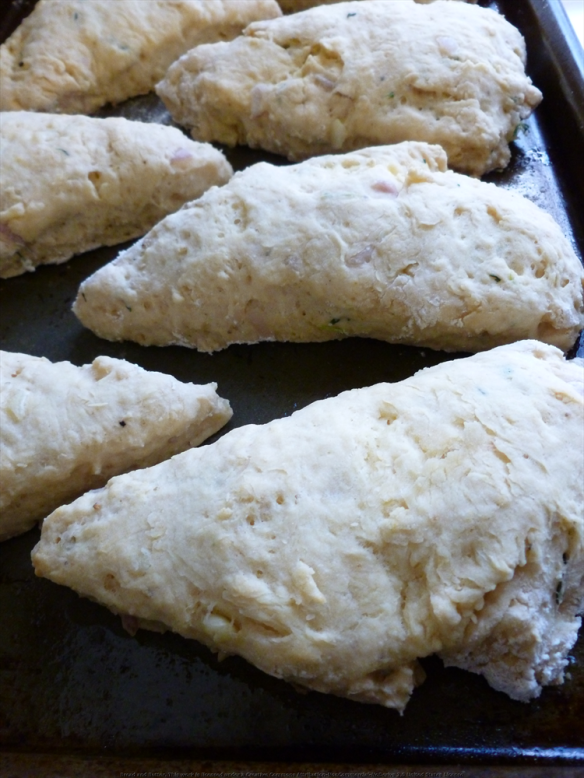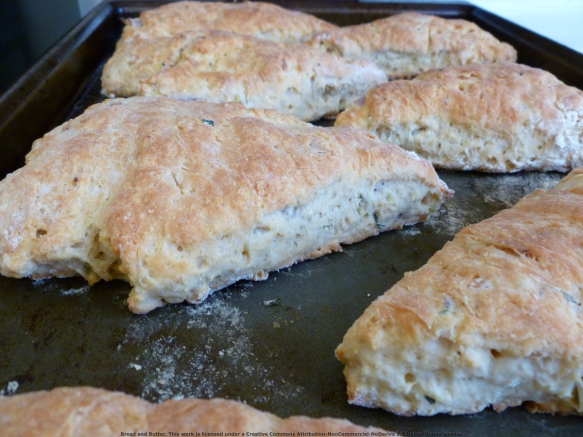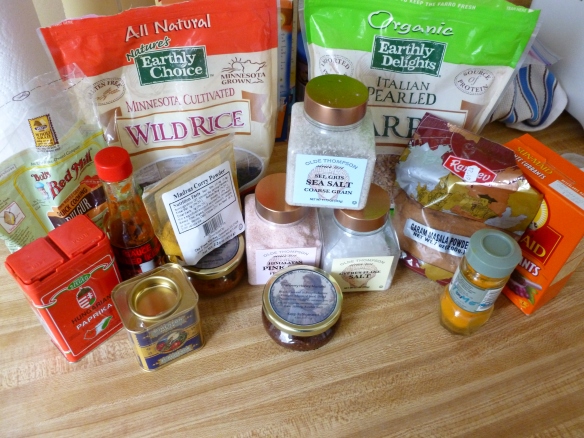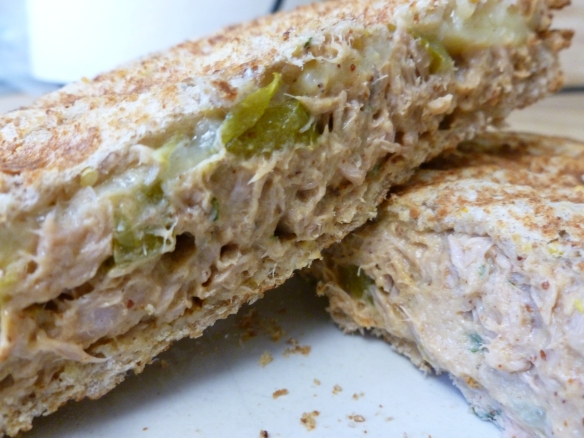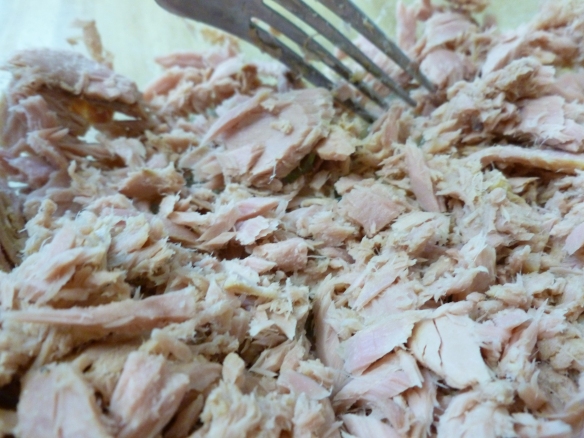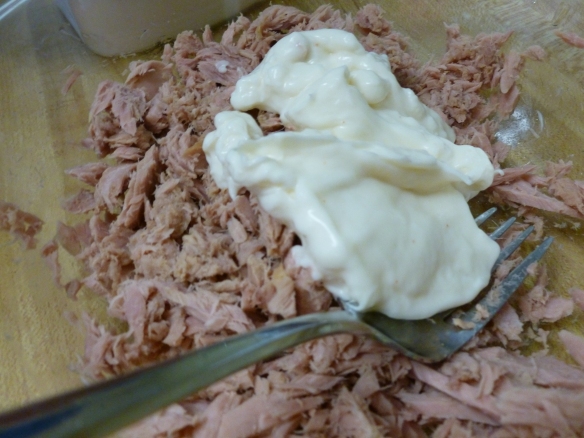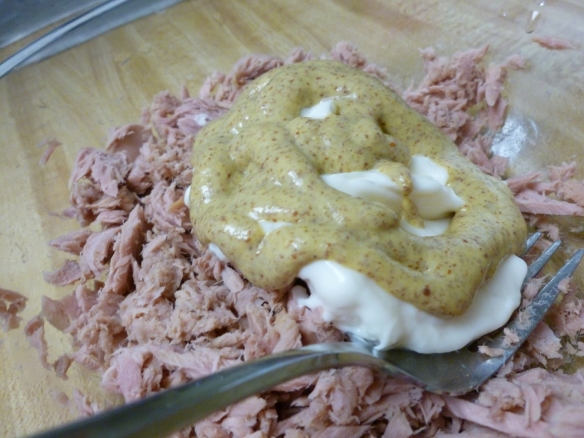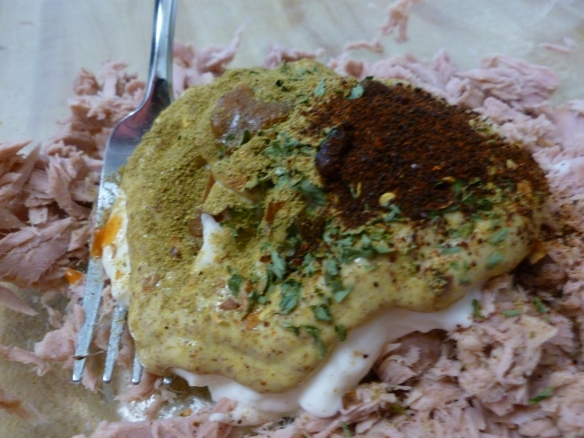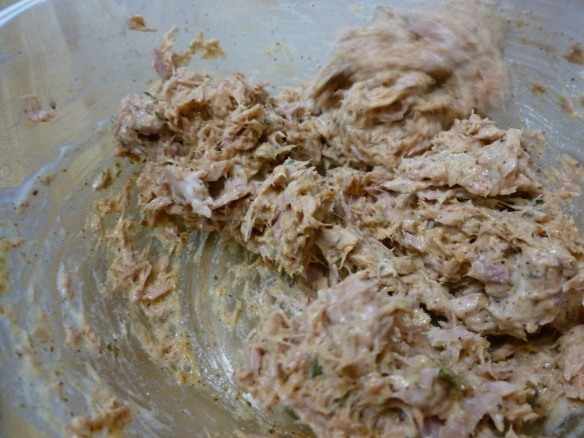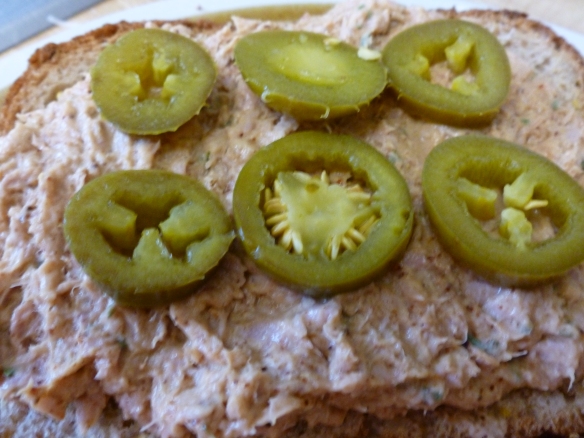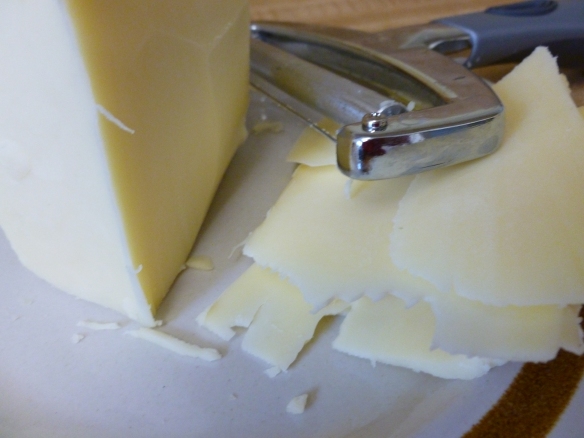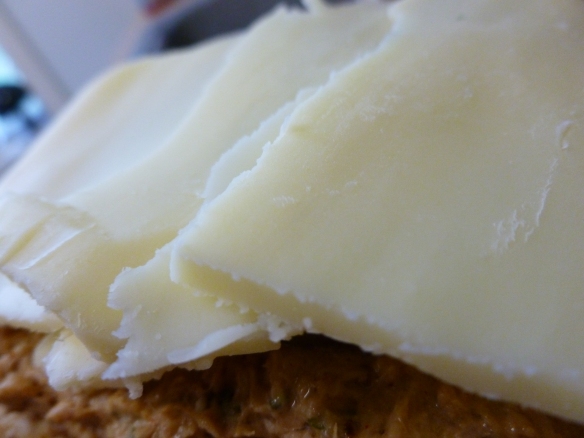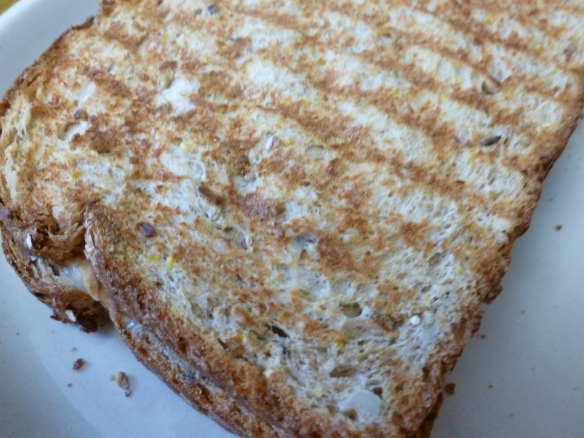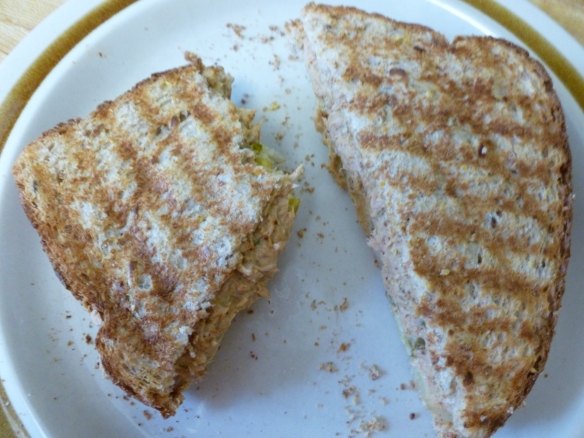This aromatic Kee Khitcheree is made with a combination of yellow mung bean (yellow split peas), rice, and lentils (my favorite legume). If you’re looking for an easy Indian dish, this is it. There are a number of optional exotic ingredients, but with a few key spices you can make an outstanding Kee Khitcheree.
Feel free to experiment with your favorite veggies and the water proportions. I generally prefer a thicker, porridge consistency version of this dish, but you can add more water to make it more soup like, as featured in this Huffington Post recipe for Birbal Kitcheree.
The second best part: You only need one (very large) pot! And, most of the core ingredients used here are not too exotic- you should be able to find most of them in your local grocery store (or your pantry!). This recipe is a great way to dip your toe into Indian cuisine.The best part: the first bite of this flavorful, healthy dish chock full of veggies and spices.
Indian One Pot Wonder: Kee Khitcheree
Time: 50 minutes, 20 minutes prep, 30 minutes cook
Servings: 6-8
Ingredients
1 1/2 cup split yellow mung beans (moong dal), picked over, rinsed and drained (you can also use yellow split peas)
1 1/2 cup lentils, picked over, rinsed and drained
1 cup basmati or jasmine rice
1/4 cup ghee, butter or canola oil
dried whole chilies or chili flakes, to taste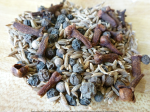
2 tsp cumin seeds
3-4 bay leaves
8-12 whole cloves
6-10 black peppercorns
1/2 tablespoon turmeric (more if desired)
1/8 tsp asafetida (optional)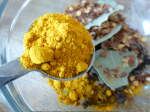 (alternatively spelled Asafoetida)
(alternatively spelled Asafoetida)
1/2 tsp freshly ground black pepper
2 tsp garam masala
2 medium onions, sliced into short thick pieces
5-8 cloves garlic, chopped
1 jalapeno, diced (seeded if desired)
3-4 red potatoes, washed, diced into small chunks (optional)
1 medium zucchini or squash, diced (optional)
1 green or red bell pepper, diced (optional)
1 broccoli stalk, sliced (optional)
Broccoli florets, chopped (optional)
6-8 cups water
1 tsp garam masala
Salt to taste when serving
Special Tools: Food processor (optional), Large stock pot with a lid
What To Do
Soak the beans, lentils and rice in a medium bowl in cold water for twenty minutes (they should be covered with water). Drain off the water and set off to the side.
While this is soaking, prepare the veggies. You can chop off some prep time by using a food processor to slice the veggies (see what I did there? haha). Quarter the onion, then chop into thick slices- as below.
In a large stock pot, heat the oil, chili flakes (no dried chilis in my apartment!), cumin seeds, bay leaves, cloves, peppercorns, turmeric, garam masala and asafetida (optional) over medium heat.
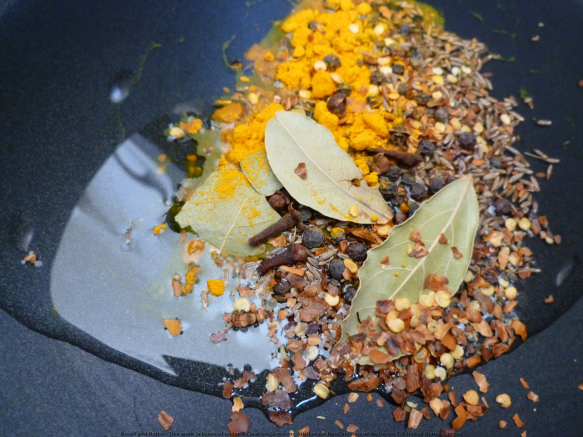
Mix to distribute evenly and cook for a couple minutes.
Add the prepared veggies and stir with a heavy spoon to coat with the spice mixture. Place the lid on the pot and cook for 5 minutes, stirring occasionally.
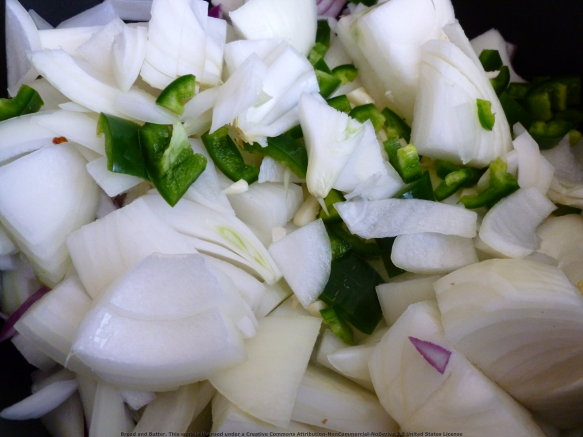
The first time I made this with onions, broccoli stalk and jalapenos, and the second time with onions, zucchini, potatoes, garlic and bell pepper. Both were very good! Experiment to see what combinations you like the best.
Scoop in the lentils, mung beans and rice to the veggie medley and mix with your heavy spoon.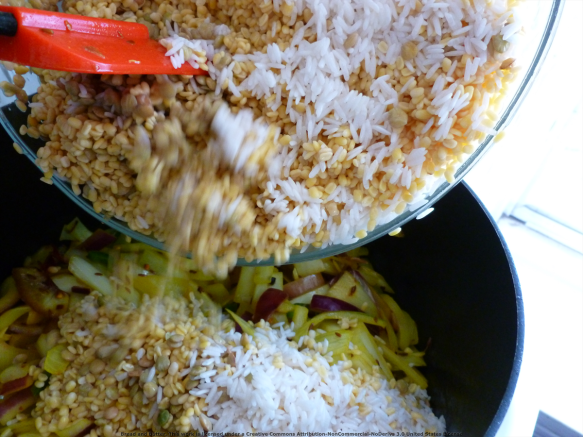
Turn up the heat to high, pour in the water (6 cups for thicker porridge consistency and 7-8 cups for a soup-like consistency) and 1 tsp garam masala and slowly stir to combine. Cover with the lid until the khitcheere begins to boil, then turn down the heat to low.
Simmer for twenty minutes or so, stirring occasionally, until the lentils and rice are tender and the mung beans are chewy (they will be firmer than the lentils and rice). For a thicker, porridge-like consistency, let the khitcheree simmer until the water is completely absorbed but the mixture is still moist.
Add salt if desired or with each individual portion. Serve hot with pickled jalapenos or chutney and naan or pita bread.

